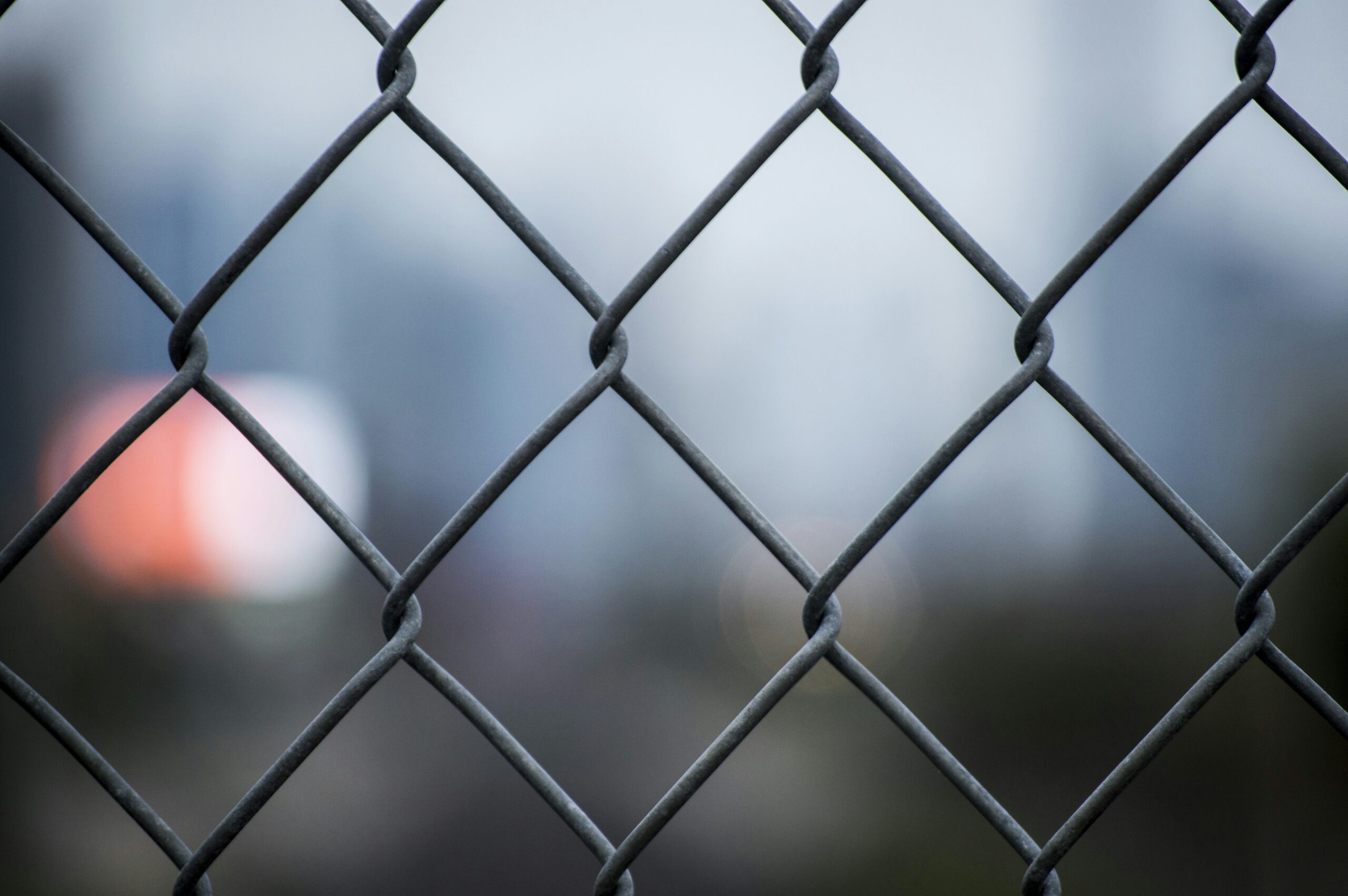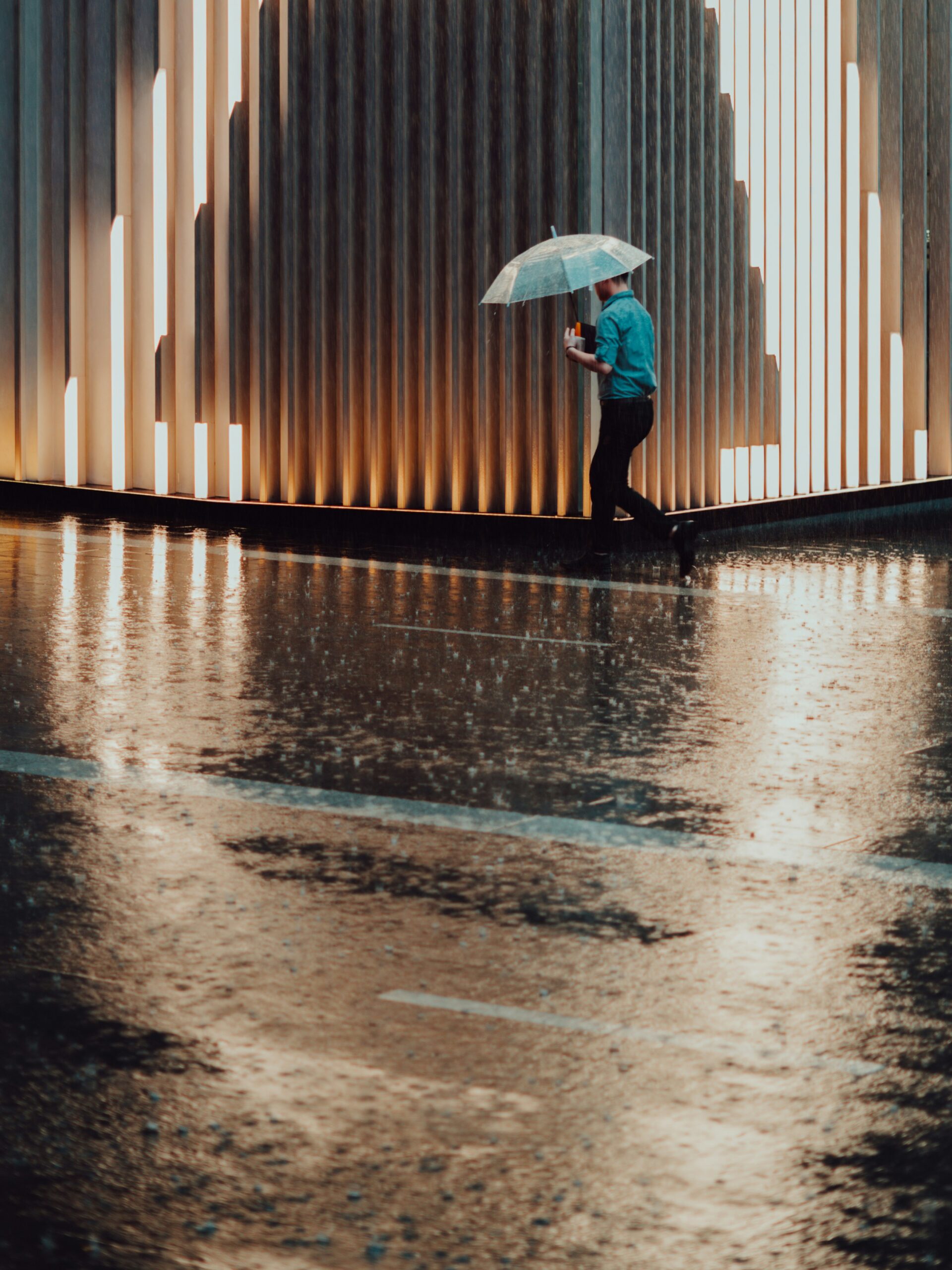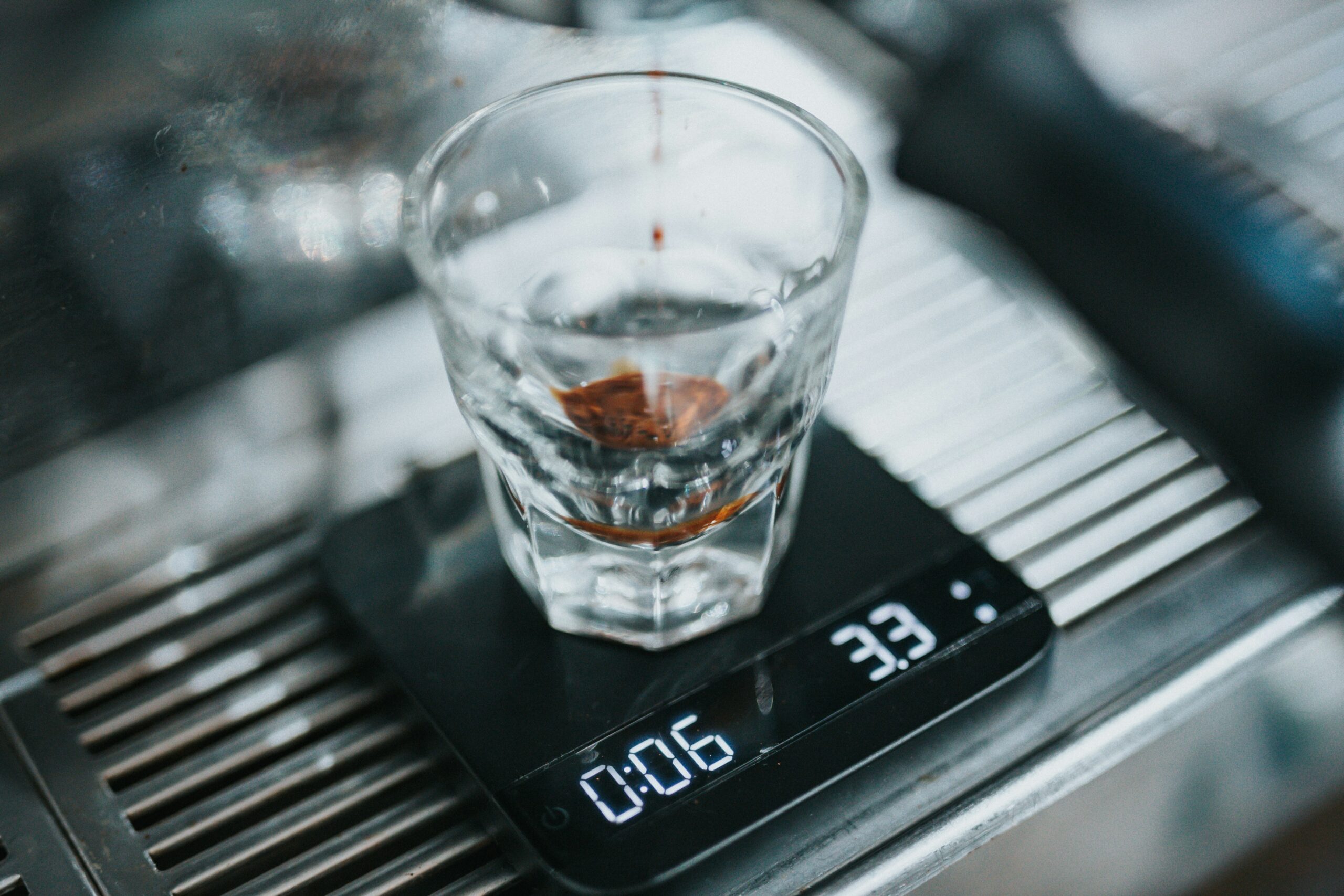Imagine you’re aiming at a target through a scope, confident that your shot will hit the bullseye. But have you ever considered the role that parallax plays in affecting the accuracy of your shots? Parallax, a phenomenon we often overlook, can throw off our aim and lead to missed shots. In this article, we will explore just how parallax can impact the precision of our shots, and the steps we can take to minimize its effects. So, next time you’re lining up a shot, keep in mind the deceptive influence of parallax and how it can mean the difference between hitting your mark and missing it altogether.
Understanding Parallax
Definition of Parallax
Parallax refers to the displacement or apparent shift in the position of an object when viewed from different angles or positions. It is a phenomenon that occurs in various fields, including optics, astronomy, and photography. In the context of shooting, parallax plays a crucial role in determining the accuracy of shots.
Principle of Parallax in Optics
In optics, parallax is associated with the positioning of the reticle, also known as the crosshair, in relation to the target. When the shooter’s eye is not perfectly aligned with the scope’s optical axis, the reticle appears to move relative to the target. This displacement can lead to errors in aiming and, ultimately, affect the accuracy of shots.
Parallax in Daily Life
Although commonly associated with the field of optics, parallax can be observed in our daily lives as well. A simple example is when you hold your finger close to your face and alternately close each eye. You will notice that your finger appears to shift positions. This is due to the parallax effect created by the different angles at which your eyes are viewing the finger. Understanding parallax in daily life can help illustrate its significance in shooting accuracy.
Understanding Shooting Accuracy
Defining Shooting Accuracy
Shooting accuracy refers to the ability to consistently hit a target with precision. It encompasses both the shooter’s fundamental skills, such as aim and trigger control, as well as external factors that influence the trajectory of the bullet. Achieving a high level of shooting accuracy requires mastering various techniques and understanding the factors that contribute to accuracy.
Factors Contributing to Shooting Accuracy
Several factors influence shooting accuracy, including proper grip, stance, breath control, and trigger manipulation. Additionally, external factors such as wind speed and direction, temperature, and humidity can significantly impact the trajectory of the bullet. Understanding and accounting for these factors is crucial for improving shooting accuracy.
Improving Shooting Accuracy
Improving shooting accuracy requires a combination of technical skills and knowledge. Practicing proper shooting techniques, regularly training under different conditions, and obtaining constructive feedback are essential for honing your shooting accuracy. Additionally, utilizing appropriate equipment, including optics, can greatly enhance shooting accuracy by providing a clear and precise sight picture.

The Role of Optics in Shooting
The Significance of Optics
Optics play a vital role in shooting accuracy by allowing shooters to magnify and focus on their target, leading to improved aim and precision. High-quality optics provide clear and sharp images, enhancing the shooter’s ability to identify and engage targets effectively. By utilizing optics, shooters can overcome the limitations of their natural eyesight and achieve greater shooting accuracy.
Types of Firearm Optics
There are various types of firearm optics available, including riflescopes, red dot sights, holographic sights, and prism scopes. Each type has its own advantages and is suitable for different shooting scenarios. Riflescopes offer magnification and precise targeting capabilities, while red dot sights provide quick target acquisition. Understanding the characteristics of different optic types can help shooters choose the most appropriate one for their specific shooting needs.
Understanding Reticle and Eye Relief
The reticle or crosshair, present in most firearm optics, serves as a reference point for aligning the firearm and the target. It helps shooters aim accurately by providing a visual guide. Eye relief, on the other hand, refers to the distance between the shooter’s eye and the rear lens of the optic. Proper eye relief ensures a comfortable and optimal viewing experience, while also allowing for a full field of view. Understanding the reticle and adjusting eye relief is crucial for maximizing shooting accuracy.
Introduction to Parallax Error in Shooting
What is Parallax Error
Parallax error in shooting occurs when the shooter’s eye is not perfectly aligned with the scope’s optical axis. This misalignment leads to the reticle appearing to shift position relative to the target, which can result in aiming errors and reduced shooting accuracy. Parallax error is one of the primary factors that shooters must understand and account for to achieve optimal accuracy.
Causes of Parallax Error in Shooting
Parallax error can be caused by a combination of factors, including improper head position, inconsistent eye relief, and misalignment of the optic. Lack of proper alignment and failure to maintain a consistent shooting position can introduce parallax error, making it crucial for shooters to be aware of these factors and actively mitigate them.
Identification of Parallax Error
Identifying parallax error requires a conscious effort on the part of the shooter. One way to identify parallax error is to slowly move the shooter’s head behind the scope while observing the reticle. If the reticle appears to move relative to the target, parallax error is present. Additionally, some scopes feature parallax adjustment knobs, which help shooters correct for parallax error.

The Impact of Parallax on Shooting Accuracy
Influence of Parallax Error on Accuracy
Parallax error can significantly impact shooting accuracy. When parallax error is present, the reticle is not accurately aligned with the target, leading to incorrect aiming. This can result in shots falling off-target, especially at longer distances. By understanding the impact of parallax error on accuracy, shooters can take steps to minimize its effects on their shooting performance.
How Different Distances Increase Parallax Error
Parallax error becomes more pronounced as the distance between the shooter, the optic, and the target increases. The relative movement of the reticle becomes more apparent, leading to larger aiming errors. Shooters engaging targets at extended distances should be particularly mindful of parallax error and take the necessary precautions to mitigate its impact.
Understanding the Relationship between Magnification and Parallax Error
The level of magnification set on the optic can affect the severity of parallax error. Higher magnification can amplify parallax error, making it more challenging to maintain accurate aim. Shooters should be aware of the relationship between magnification and parallax error, adjusting their shooting technique and using parallax adjustment features to compensate for increased error at higher magnifications.
Parallax Adjustment in Shooting
Importance of Parallax Adjustment
Parallax adjustment is crucial for minimizing the effects of parallax error on shooting accuracy. By adjusting the optic’s parallax setting to match the distance to the target, shooters can align the reticle and eliminate or reduce parallax error. Proper parallax adjustment ensures that the reticle remains in a fixed position relative to the target, allowing for accurate aiming and improved shooting performance.
Techniques for Parallax Adjustment
Parallax adjustment techniques vary depending on the type of optic. Some optics feature parallax adjustment knobs or turrets, which allow shooters to dial in the correct setting based on the target’s distance. Others may have adjustable objective lenses that can be rotated to compensate for parallax error. Familiarizing oneself with the specific parallax adjustment methods of the optic being used is essential for achieving accurate aim and improving shooting accuracy.
Common Misfits and Overlooks in Parallax Adjustment
Shooters must be aware of common misfits or overlooks when adjusting parallax. Human error or lack of understanding can lead to incorrect parallax adjustment, defeating the purpose of the correction. Overlooking the need for parallax adjustment when engaging different target distances or not verifying the adjustment with proper target confirmation can result in continued parallax error and compromised shooting accuracy.

Tools for Handling Parallax in Shooting
Using Adjustable Objective Lens for Parallax Correction
Some optics, particularly riflescopes, are equipped with an adjustable objective lens (AO). An AO allows the shooter to manually adjust the parallax settings based on the target’s distance. By rotating the AO, shooters can align the reticle with the target and eliminate parallax error. The use of AO can significantly improve shooting accuracy by removing one of the primary sources of aiming errors.
Technologies for Automatic Parallax Compensation
Modern advancements in optic technology have introduced automatic parallax compensation features. These technologies utilize sensors and algorithms to detect and correct parallax error in real-time. By eliminating the need for manual adjustment, shooters can focus solely on aiming, leading to improved accuracy and faster target acquisition.
The Efficiency of Parallax Turrets
Parallax turrets provide shooters with a convenient method for adjusting parallax settings on the go. By simply dialing in the correct distance on the turret, shooters can quickly compensate for parallax error and maintain accurate aim. Parallax turrets offer a user-friendly solution to parallax adjustment, ensuring that shooters can easily adapt to varying target distances and achieve optimal shooting accuracy.
Effects of Weather and Environmental Conditions on Parallax
Influence of Light Conditions on Parallax
Light conditions, such as bright sunlight or low-light conditions, can affect the visibility and apparent position of the reticle. When the reticle is not easily distinguishable from the target due to extreme lighting conditions, the shooter may inadvertently introduce parallax error. It is essential for shooters to consider the prevailing light conditions and adjust their shooting technique and optics accordingly to minimize the impact of parallax error on accuracy.
The Role of Temperature and Humidity in Parallax
Temperature and humidity can also impact parallax error. Changes in temperature and humidity affect the properties of the materials in the optic, including the lenses and reticle. These changes can introduce subtle shifts in the alignment of the components, potentially leading to increased parallax error. Shooters should be aware of the environmental conditions and make necessary adjustments to reduce the impact of temperature and humidity on shooting accuracy.
Effects of Wind and Elevation on Parallax
Wind and elevation changes can indirectly affect the perception of parallax error. Strong winds can cause the shooter to adjust their body and shooting position, which can inadvertently introduce parallax error. Similarly, changes in elevation may affect the shooter’s eye level and head position, altering the alignment with the optic and increasing parallax error. By carefully accounting for wind and elevation, shooters can minimize the influence of these factors on parallax and maintain accurate aim.
Practical Tips to Minimize Parallax Error
Maintaining a Consistent Eye Relief
Maintaining a consistent eye relief, the distance between the shooter’s eye and the rear lens of the optic, is essential for minimizing parallax error. By consistently positioning the eye at the correct distance, shooters can ensure proper alignment with the optic and reduce the likelihood of parallax error. Regular practice and awareness of eye relief can greatly contribute to improved shooting accuracy.
Proper Head and Rifle Alignment
Proper head and rifle alignment is crucial for minimizing parallax error. Shooters should maintain a stable head position and align their eye with the optic’s sight line. Additionally, ensuring the rifle is correctly shouldered and properly aligned with the shooter’s line of sight can help reduce the potential for parallax error. Consistent alignment of the head and rifle is key to achieving accurate aim and maximizing shooting accuracy.
Importance of Regular Optics Check and Adjustment
Regularly checking and adjusting the optics is fundamental for maintaining accurate aim and minimizing parallax error. Over time, components within the optic may experience wear or slight misalignment, compromising shooting accuracy. By periodically verifying the zeroing, parallax settings, and overall condition of the optic, shooters can ensure optimal performance and reduce the likelihood of parallax-related aiming errors.
Case Studies and Experiential Insight
Examples of Real Life Parallax Scenarios
In real-life shooting scenarios, parallax error can have significant consequences on shooting accuracy. For example, a shooter engaging targets at varying distances without adjusting the parallax setting may experience consistent aiming errors, resulting in missed shots. Similarly, competitive shooters relying on precise aim and consistent performance may find themselves struggling to achieve the desired accuracy due to parallax-related issues. Real-life case studies highlight the importance of understanding and effectively managing parallax in shooting scenarios.
Expert Insight on Handling Parallax
Experts in shooting and optics emphasize the significance of understanding and mitigating parallax error. They stress the importance of proper parallax adjustment, consistent shooting technique, and regular optics checks. Experts encourage shooters to practice and develop a keen awareness of parallax, as well as leverage technological advancements and tools available in the market to effectively handle parallax issues.
The Impact of Parallax from a Competitive Shooter’s Perspective
Competitive shooters understand the critical role of parallax in their performance. The slightest aiming error resulting from parallax can have significant implications in precision shooting competitions. Competitive shooters employ various strategies to minimize parallax error, including meticulous parallax adjustment, consistent technique, and utilizing advanced optics with automatic parallax compensation. Their insights shed light on the importance of parallax management in achieving consistent and accurate shooting performance.
